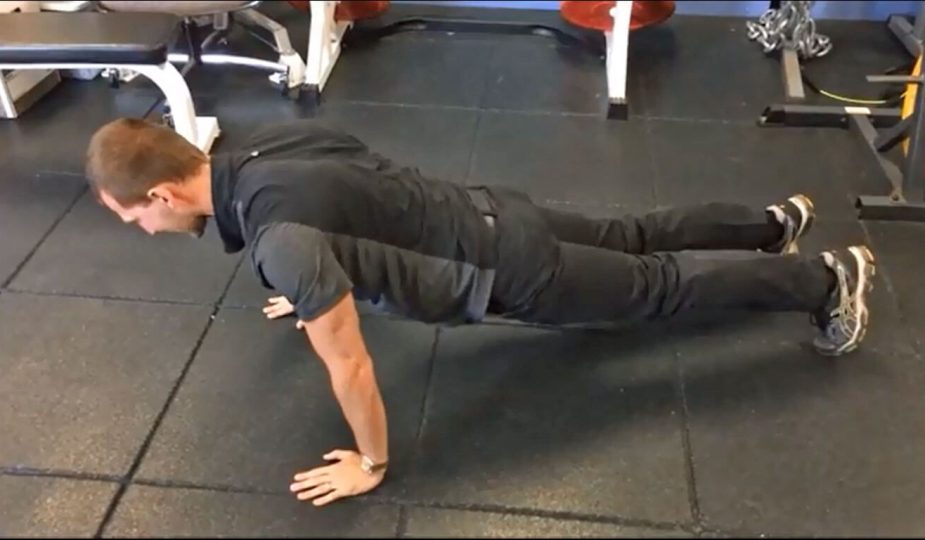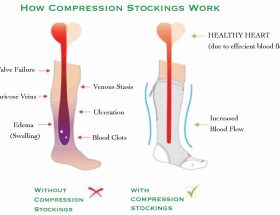The push-up is one of the most effective and widely used exercises for upper body strength and conditioning. It primarily targets the chest, shoulders, and triceps, but also engages the core and back muscles for stability. Mastering the push-up requires practice, consistency, and gradually increasing the difficulty level. This article will explore various push-up variations and progressions that can take your strength and fitness to the next level.
1. Standard Push-Up
The standard push-up is the foundation of all push-up variations. Start by getting into a plank position, with your hands slightly wider than shoulder-width apart and feet together. Keep your body straight from head to toe, engage your core, and lower your body until your chest almost touches the floor. Push through your palms to raise your body back to the starting position. Repeat for the desired number of repetitions.
Proper Form:
– Keep your elbows tucked close to your sides, forming a 45-degree angle.
– Engage your core and squeeze your glutes for stability.
– Maintain a straight line from your head to your heels throughout the movement.
– Breathe in as you lower your body and exhale as you push back up.
2. Wide Push-Up
The wide push-up targets the chest muscles more intensely than the standard push-up. The wider hand placement increases the range of motion and places additional stress on the outer chest. To perform a wide push-up, assume the standard push-up starting position but place your hands wider than shoulder-width apart. Maintain proper form and perform the exercise as described for the standard push-up.
3. Diamond Push-Up
The diamond push-up, also known as the close-grip push-up or triceps push-up, emphasizes the triceps muscles. Begin in a plank position and place your hands close together, forming a diamond shape with your index fingers and thumbs. Lower your body while keeping your elbows close to your torso, and push back up to the starting position. This variation provides an intense workout for the triceps but may require some time to build up strength.
4. Decline Push-Up
The decline push-up targets the upper chest, shoulders, and triceps more effectively than standard push-ups. Place your feet on an elevated surface, such as a bench or sturdy box, while assuming the push-up position. This places more weight on your upper body, increasing the challenge. Lower your body towards the ground, maintaining proper form, and push back up to complete the repetition.
5. Incline Push-Up
The incline push-up is a regression of the standard push-up and is ideal for beginners or those who struggle to perform the exercise with good form. Find a sturdy elevated surface, such as a countertop or table, and assume a push-up position with your hands on the edge of the surface. Lower your body towards the surface, using the same form as the standard push-up, and push back up. As you build strength, gradually decrease the height of the surface until you can perform the standard push-up on the ground.
6. One-Arm Push-Up
The one-arm push-up is an advanced variation that requires exceptional upper body strength and stability. Begin in a standard push-up position, but shift the weight entirely onto one arm while positioning the other arm behind your back. Lower your body in a controlled manner, maintaining a straight line, and push back up. This variation intensifies the engagement of the working arm and challenges your core and balance.
7. Plyometric Push-Up
The plyometric push-up, also known as a clap push-up, is an explosive variation that improves upper body power and speed. Start in a standard push-up position and lower your body towards the ground. Push through your palms forcefully enough to propel your body off the ground. While airborne, quickly clap your hands together before landing softly back into the starting position. This variation requires a high level of upper body strength and should be attempted only after mastering the standard push-up.
8. Archer Push-Up
The archer push-up is a challenging variation that targets the chest, shoulders, triceps, and obliques. Begin in a standard push-up position, but widen your hands significantly more than in a wide push-up. As you lower your body towards one hand, shift the majority of your weight onto that arm while extending the opposite arm out to the side. Push back up and alternate sides for each repetition. This variation requires excellent upper body strength and stability.
Progressions:
To continue challenging yourself and making progress with push-ups, consider these progressions:
1. Increasing Repetitions:
Gradually increase the number of repetitions you perform for each push-up variation. Start with a comfortable number and aim to add one or two repetitions each week. This incremental increase over time will enhance your strength and endurance.
2. Weighted Push-Ups:
Add weight to your push-ups to make them more challenging. You can use a weight vest or place weight plates on your back. Start with a manageable weight and gradually increase as your strength improves.
3. Handstand Push-Ups:
Once you have mastered the standard push-up, progress to handstand push-ups. This advanced variation targets the shoulders and triceps more intensely while also requiring core and balance control. Perform handstand push-ups against a wall until you develop enough strength to perform them freely.
4. Planche Push-Ups:
The planche push-up is an extremely advanced variation that requires exceptional upper body strength and technique. It involves balancing your body horizontally on your hands while performing push-ups. Mastering this challenging progression takes dedication, consistent training, and plenty of practice.
In conclusion, mastering the push-up requires consistency, proper form, and gradual progression. Whether you are a beginner or an advanced fitness enthusiast, incorporating various push-up variations and progressions into your routine will strengthen and sculpt your upper body while improving your overall fitness level.








